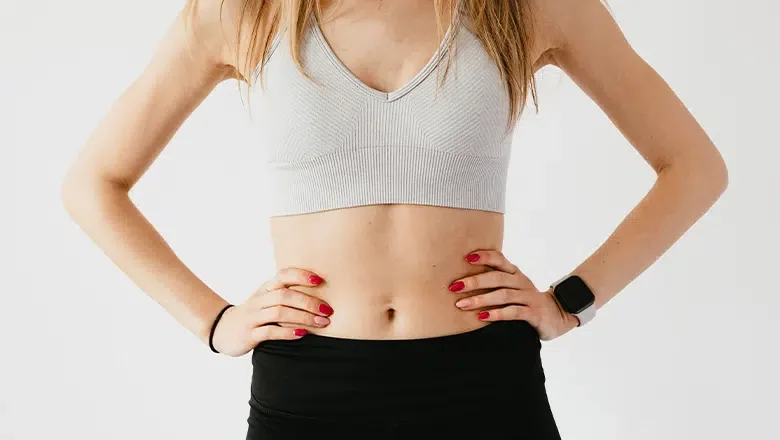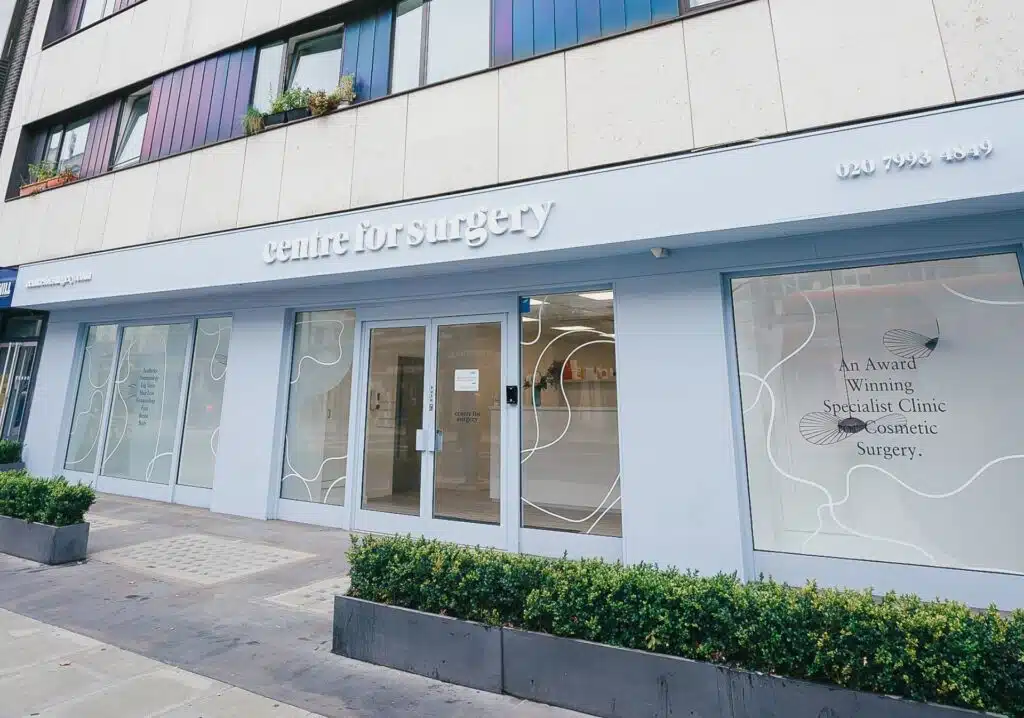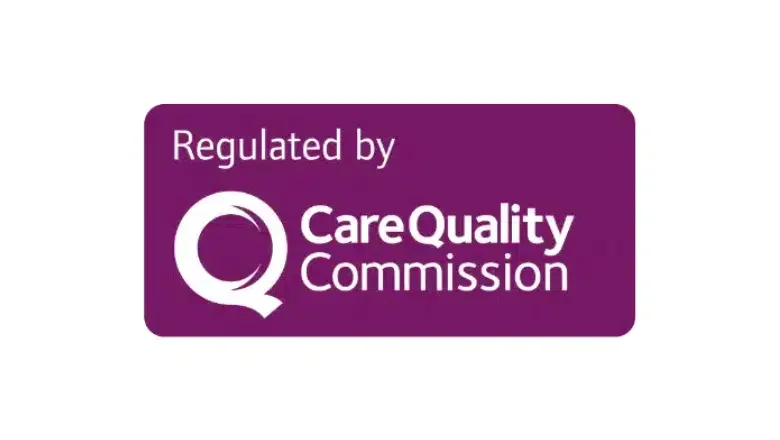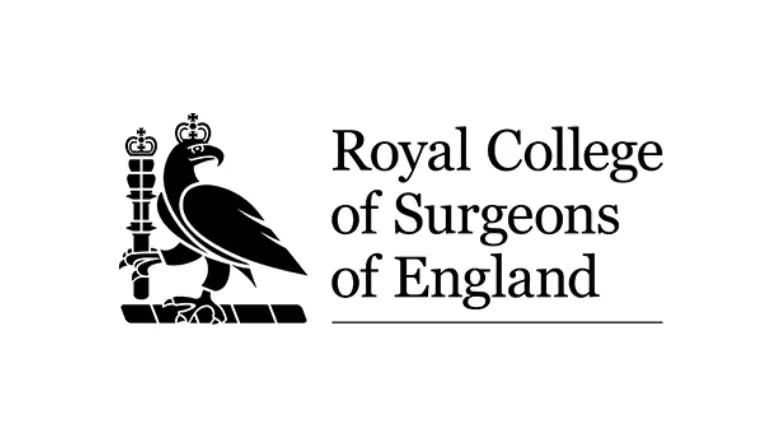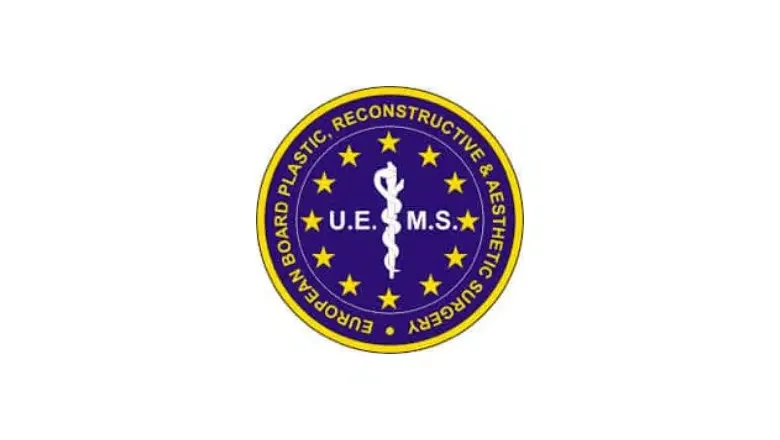One of the biggest misconceptions about liposuction is that it is a weight loss surgery. Once you undergo liposuction, the weight will be gone and won’t return, right? Unfortunately, this isn’t quite the case. So, what exactly does liposuction involve, and how can you maintain the results after your procedure?
How does liposuction work?
Liposuction is a cosmetic procedure that removes stubborn excess fat from various body areas. However, most people are unaware of the different fat types stored in our bodies. The types of fat which are present in the body include:
Subcutaneous fat: Liposuction removes subcutaneous fat located right under the skin. If you can see or pinch the fat, it is subcutaneous. Everyone has subcutaneous fat. However, lifestyle choices will impact how much fat there is. This fat is generally considered harmless and will not necessarily cause health problems. Instead, it can cause aesthetic problems as the fat is visible.
Visceral fat: This type of fat surrounds the internal organs of the abdomen, such as the stomach and liver. Unlike subcutaneous fat, it cannot be removed through liposuction. Excessive amounts of visceral fat can cause additional health problems, such as heart disease or high blood pressure.
Liposuction will remove subcutaneous fat from certain areas of the body. This could be the abdomen, hips, buttocks, thighs or arms, to name a few areas. Once the liposuction has been completed, the fat cells from the target area will have been removed, and these fat cells will not return. However, you will still have fat cells in areas of the body where you did not have liposuction. This means that you will still be able to gain weight in those areas of the body. If you had liposuction on the abdomen, you would still be able to gain weight on your hips and thighs. You will also still have visceral fat in the body, making you appear as if you have gained weight.
SEE ALSO: Liposuction risks and how to avoid them
How to maintain results after liposuction
We understand that choosing to undergo liposuction is a big decision, and you will understandably want the results of your procedure to last as long as possible. So what steps can you take to help you maintain results?
1. Regular physical exercise
Liposuction is generally recommended for those who have already lost weight and now have stubborn pockets of fat that they cannot lose. Unfortunately, having liposuction does not mean you now get to avoid exercise. Instead, you will need to follow a consistent exercise regime. This will help you avoid gaining weight in areas that were not treated. While it is recommended that you engage in exercise, remember to follow your surgeon’s instructions during the recovery period. In the first few weeks following your liposuction procedure, you must avoid strenuous physical exercise, including heavy lifting. You will be encouraged to undertake light physical activity, such as walking, to encourage good blood circulation and prevent blood clots. Your surgeon can tell you exactly what activities you should avoid and for how long. It is important to follow these instructions to avoid any post-op complications.
SEE ALSO: What are the different types of liposuction?
Many people mistakenly believe it is possible to lose fat from specific body areas with certain types of exercises. Unfortunately, this is not the case. When a person loses weight, they lose it from everywhere. This is why the Brazilian butt lift or BBL, which is a combination of 360 liposuction with fat transfer to the buttocks, is such a popular procedure in the UK. Many people are keen to reduce the size of their waist but may love the size and shape of their hips, which may help give them an hourglass appearance. Weight loss from exercising and diet will help to flatten the stomach but will also reduce the desired areas of fat in the hips and buttocks.
RELATED: Your guide to Brazilian Butt Lift (BBL)
Once the recovery period has finished, you should resume your regular exercise regime. Try to include some form of physical activity in your daily routine. This will help you to maintain the liposuction results and avoid gaining weight.
2. Healthy diet
You should also follow a healthy diet and exercise regime. You should try avoiding foods high in sugar, saturated fats, carbohydrates, and processed foods. Instead, try to increase your intake of vegetables, fruits, whole grains, and lean meats. Make sure your diet includes enough protein and fibre. Be aware of how you cook your food – you may wish to avoid deep frying and using butter. Eating several small meals throughout the day will not only help to maintain energy levels and keep you sustained, but it will help you to avoid snacking on unhealthy food.
RELATED: Liposuction Before And After Photos
3. Keeping well hydrated
Keeping your post-op body doesn’t just depend on what food you eat and your activity. Your water consumption also has an important role to play. Drinking enough water will help maintain a good metabolism and help with digestion. Try drinking water before you have a meal – this can help make you feel full and help you avoid overeating. It is generally recommended that you consume eight-ounce glasses of water per day. However, this will vary depending on factors such as your body type and metabolism.
RELATED: What are the common liposuction areas?
4. Minimising stress
In addition to a good physical diet – you need to ensure you have good mental health as well. Stress can cause you to gain weight. When your cortisol levels are raised, you will begin to crave unhealthy foods. High levels of cortisol are associated with increased levels of belly fat. To avoid stress, you must learn how to relax and dedicate some time during the day just to focus on yourself and your health. Exactly what helps you relax will vary from person to person. Some people will enjoy meditation and taking a bath, while others will find physical activity such as yoga will help to alleviate stress.
5. Following your surgeon’s postoperative instructions
Getting the best liposuction results depends on following all the postoperative instructions given to you by your surgeon, and this is especially important during the first 4-6 weeks of your liposuction recovery.
You should try to take it easy during the first week after your procedure and make sure you wear your liposuction compression garment for a full six weeks. Any strenuous exercise, including going to the gym, should be avoided for a minimum of two weeks after the procedure. Localised massages to the area of liposuction will help to soften any scar tissue and speed up the resolution of swelling. All of these simple interventions can help to ensure amazing liposuction results.
Keep in touch with your surgeon in the postoperative period, and don’t hesitate to reach out to our postoperative nursing team if you have any questions or concerns during your liposuction recovery. Our nurses are here to support you throughout all stages of your liposuction treatment journey.
Schedule a liposuction consultation at Centre for Surgery
Following the five tips above can help you ensure your liposuction results are permanent. If you have been considering liposuction, please contact us today at 0207 993 4849 to book a face-to-face consultation with an expert liposuction surgeon at our Baker Street facility in Marylebone.
